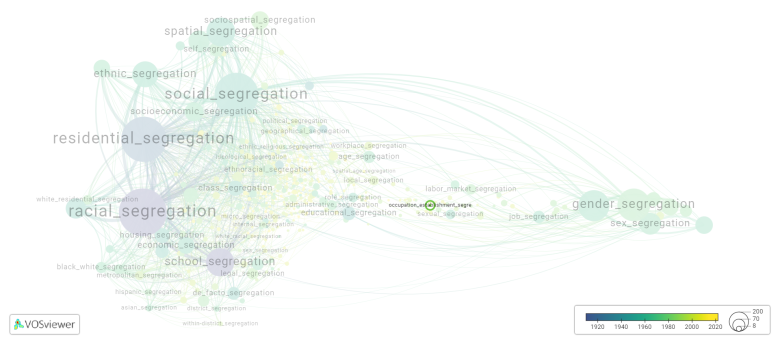Occupation establishment segregation
Date and country of first publication[1]
1995
United States
Definition
Occupation establishment segregation refers to the practice of segregating individuals in the workforce based on their occupation or job role. This can involve limiting certain occupations to specific demographic groups, such as race, gender, or nationality, or restricting individuals from certain occupations based on their background or social status.
This form of segregation can create unequal opportunities for individuals in the workforce and reinforce systemic barriers that prevent marginalized groups from accessing higher-paying or more prestigious jobs. It can also perpetuate stereotypes and discrimination in the workplace, leading to a lack of diversity and inclusion.
Efforts to address occupation establishment segregation include implementing anti-discrimination laws, promoting diversity and inclusion initiatives in the workplace, and providing equal access to education and training opportunities for all individuals. By breaking down these barriers, organizations can create a more inclusive and equitable workforce for all.
See also
Related segregation forms
Occupation establishment segregation is frequently discussed in the literature with the following segregation forms:
occupational segregation, sex segregation

This visualization is based on the study The Multidisciplinary Landscape of Segregation Research.
For the complete network of interrelated segregation forms, please refer to:
References
Notes
- ↑ Date and country of first publication as informed by the Scopus database (December 2023).
Occupation establishment segregation appears in the following literature
Petersen T., Morgan L.A. (1995). Separate and unequal: occupation establishment sex segregation and the gender wage gap. American Journal of Sociology, 101(2), 329-365. https://doi.org/10.1086/230727
